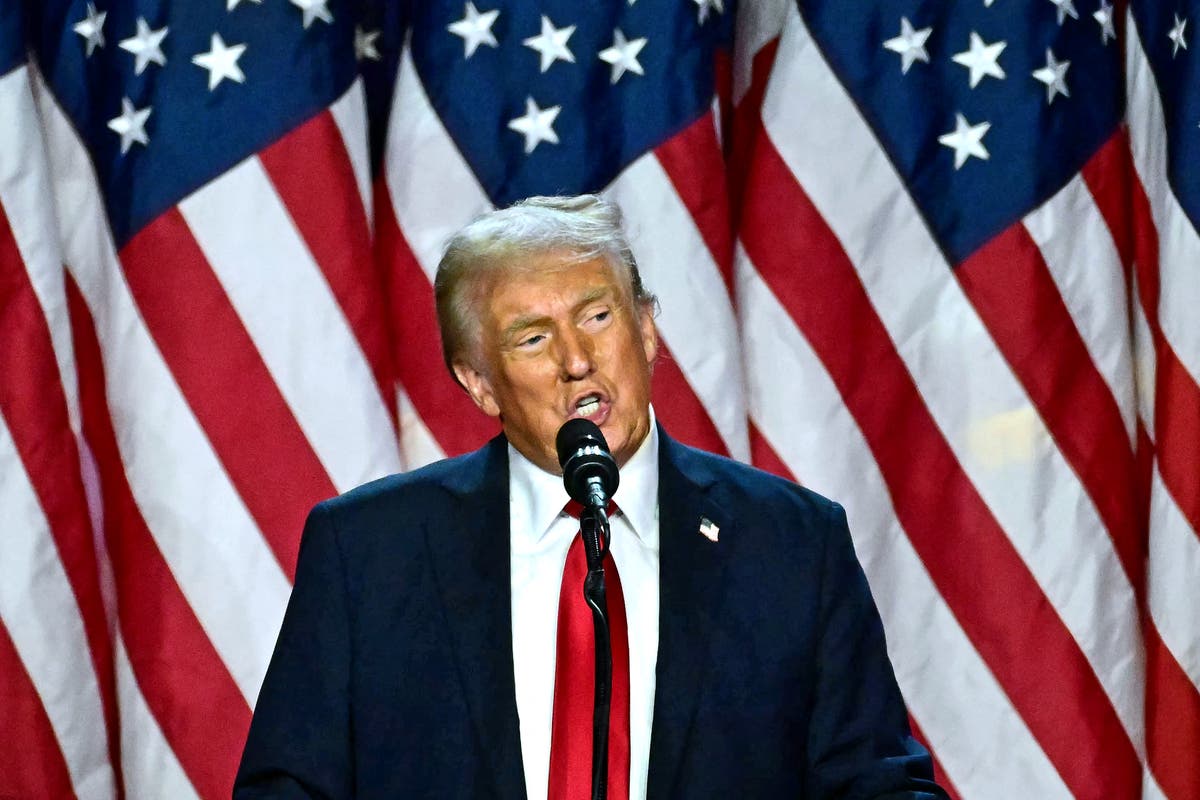World
US Election 2024: How does the US measure up to the rest of the world?

How does the United States compare with other countries on socioeconomic indicators?
These six graphics provide an overview of the economy, demographics, healthcare, education and military spending as voters get ready to cast their ballots on November 5.
Largest economy in the world
The US has the largest economy in the world, with a gross domestic product (GDP) of approximately $27 trillion, according to the World Bank. This positions it ahead of other major economies, including China ($17.8 trillion) and Germany ($4.5 trillion)
The US has a GDP per capita of $65,020 – roughly four times the global average, placing it seventh in the world.
The US Treasury has the highest gold reserves in the world, at 8,133 tonnes, valued at about $700bn. This amount is more than double that of Germany’s reserves, which stand at 3,352 tonnes, and three times as much as Italy’s 2,452 tonnes.
While GDP reflects a country’s overall economic output, its gold reserves play a distinct role in the financial landscape by supporting monetary policy and influencing currency stability and trade.
An ageing population
With a population of 335 million, the US is the third most populous country in the world, behind India (1.43 billion) and China (1.41 billion).
However, the population growth rate has been steadily declining, and coupled with an ageing population, presents economic and social challenges, such as maintaining productivity and supporting seniors.
The country’s fertility rate is just 1.84, indicating that the average woman is expected to have fewer than two children in her lifetime, which is below the global average of 2.4 and the replacement rate of 2.1 needed for a stable population without migration.
The countries with the highest fertility rates are Niger (6.64), Angola (5.70) and the Democratic Republic of the Congo (5.49), while Taiwan (1.11), South Korea (1.12) and Singapore (1.17) have the lowest rates.
The average life expectancy in the US is 81 years, which is slightly higher than the global average of 75 years, but still lower than that of most European and other developed countries.

Quality of life
The US federal minimum wage has been $7.25 per hour since 2009.
Raising the minimum wage is a key election issue, with more than 80 percent of US voters believing the current wage is not enough for a decent quality of life, according to Data for Progress, a progressive US think tank.
With an average work week of 37-52 hours, the annual minimum wage in the US is about $15,080. This is about double the global average of $6,293, but only about half of what minimum wage workers make in countries like Australia ($34,515), New Zealand ($33,487) and Luxembourg ($32,103).
However, when it comes to affordability, such as buying a house, the US ranks among the highest in the world with a price-to-income ratio of 131.3. With 2015 as the base year, this means that the average price of a home in the US has outpaced income growth by more than 30 percent.
Both US presidential candidates Kamala Harris and Donald Trump say they will introduce tax policies to support first-time homebuyers.

World’s most expensive healthcare
The US has the most expensive healthcare costs in the world, with the country spending more than $12,000 per capita each year.
The high costs for services, medications and insurance premiums create barriers to access, especially for the most vulnerable, leaving many people uninsured or underinsured.
US government healthcare spending is 16.6 percent of the country’s GDP, about seven percent higher than the global average of 7.3 percent.
Despite its relatively high healthcare spending, the US’s Health Index Score is lower than that of many other high-income countries. The Health Index Score measures how healthy people are and their access to healthcare services.
Harris is a strong supporter of the Affordable Care Act (ACA), which aims to make health services affordable to more Americans. She has pledged to expand this 14-year-old legislation, but Trump tried to repeal it many times during his 2017-2021 tenure as US president.

Education rankings
According to the Education Data Initiative, public education spending in the US falls short of global benchmarks and lags behind economic growth.
The US spends around 6.1 percent of its GDP on education, which is higher than the global average of 4.7 percent.
When it comes to performance in mathematics, science, and reading, the US scored a total of 1,468 points in the 2022 Programme for International Student Assessment (PISA).
This score exceeds the global average of 1,320 points, but it falls short compared to several Asian countries, including Singapore, which scored 1,679 points, China at 1,605 points and Japan at 1,599 points.

Military expenditure and power
The US spends more on its military than the next 10 highest-spending countries combined, accounting for 39 percent of all global military expenditures.
At nearly $900bn, as a share of GDP, US military expenditure is 3.45 percent, well above the global average of 2 percent.
The US is ranked number one out of 145 countries by the Global Firepower Index, which measures a nation’s war capabilities across land, sea and air.











